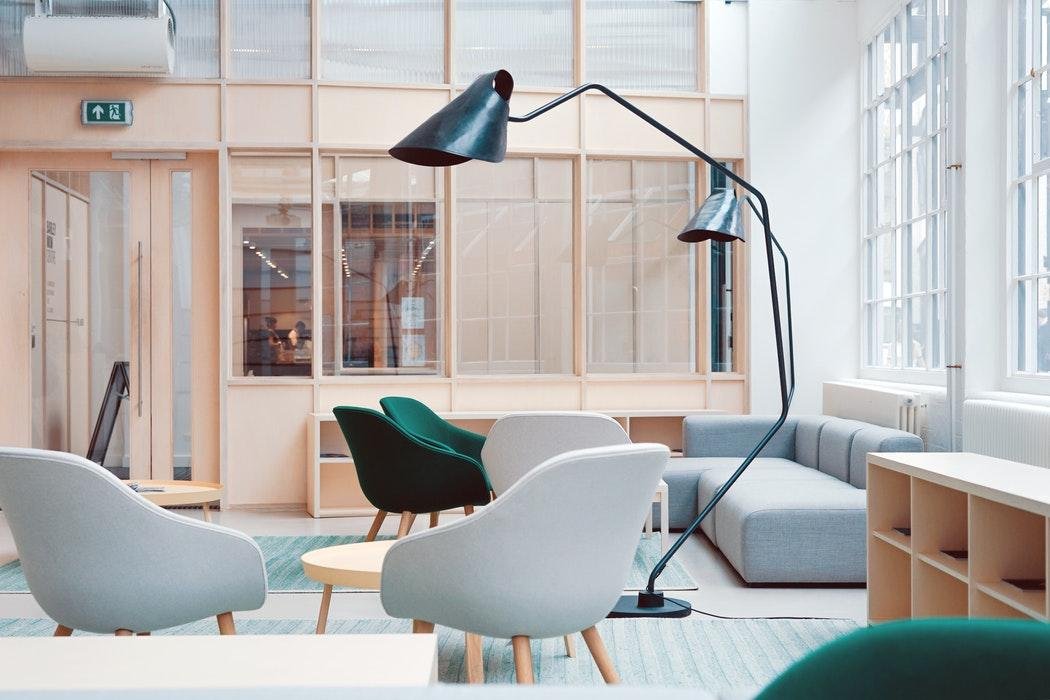
The Difference Between a Lounge and a Living Room
What’s the first thing that comes to your mind when you hear about lounges? For many Americans, a lounge as a natural part of the household can seem absurd. Similarly, for somebody from Britain, a living room can sound foreign. Are there really any substantial differences between these commonly confused terms?
From a layman’s standpoint, both terms area easily indistinguishable. If you do a quick Google search of what a lounge is, you’ll get many results that say both terms actually mean the same thing. Read on below to get into the details.
A Lounge Is Public

According to Dictionary.com, a lounge is defined as “a place for sitting, waiting, smoking, etc., especially a large public room, as in hotel, theatre, or air terminal, often with adjoining washrooms.”
Oxford Dictionaries almost has an identical definition: “a public room in a hotel, theatre, or club in which to sit and relax.”
The roots of the word date as far back as the 16th century. Back then, lounge meant, in a sense, “to move indolently.” This verb form eventually evolved and gave way to the noun form, which had its first traces of usage back in the 19th century.
As can be deduced from these sources, a lounge can be taken to mean public and formal. Typically found in communal or social spaces, a lounge is an area for resting or relaxing. A consolidation of highly lauded responses from Quora forums agrees with this observation.
A Living Room Is Personal

The more commonly used “living room” has a more familiar definition. From Dicitionary.com, a living room is “a room in a home used, especially by a family, for leisure activities, entertaining guests, etc.”
Meanwhile, Oxford Dictionaries has a more simplified description: “a room in a house for general everyday use.”
First recorded in the late 19th century, the word was originally coined to give a general description to the part of the house that is commonplace for all members of the household. It was also used to refer to the specific location in the home where general social activities are performed.
A Lounge Is Ornate

Given that lounges entertain a more public audience, they tend to be bigger and grander and have more carefully selected furniture pieces, usually complemented with decorative art, accentuated with interesting accessories like realistic floral accents, stylized lighting that is often expensive, and plenty of spaces for relaxation.
Lounges also tend to have fewer to no entertainment elements such as television sets, and the lounge’s ultimate function is to accommodate guests in passing.
A Living Room Is Familiar and Specific

Because of the personal nature of living rooms, their design is likely customized to the taste and preferences of the homeowner. The fixtures, statement decors, accents, and even indoor plant choices are incorporated into the ensemble with the homeowner’s comfort in mind.
Living rooms are also more likely to contain storage spaces, be smaller in size, and fitted with entertainment systems. The living room’s ultimate function is to keep its users comfortable, cozy, and at home.
Sometimes, a Lounge Is a Living Room and Vice Versa

It appears that the complexity of answering this question depends largely on where you came from. As to be noted from the Oxford Dictionaries’ British definition of a lounge , the whole feat of finding the difference is rendered futile.
But British or American, there’s no reason you can’t combine the sophistication of lounges into your familiar and personal living room. Here are some great design tips:
- Invest in statement pieces. Always go for high-quality furniture, decals, and fixtures that add character to your ensemble. If you’re aiming for the refined, glow up. Switch to catchy but elegant silk curtains that jive well with your lighting. Complement this with glossy decors, mirror linings, and lustrous accent pieces.
- Fall in love with the details. The secret to a beautifully designed interior is making all the little pieces work together to create a stunning whole. Don’t overdo this. Go for bigger furniture than a mishmash of pint-size pieces. And never sacrifice utility for face value.
- Use art. Decorate your walls with framed works, paintings, or photos for personality points.
- Use mirrors. A good way to make your room look larger is to use mirrors. Mirrors can double the stream of natural light that enters the room and facilitate the dispersal of artificial light. Add a full-length display around a particularly dim corner, or place one above your console table. You can also place the mirrors at the back of shelves or custom-build them onto bare walls.
- Update old fixtures. Replace or refurbish old furniture, and see if your old fixtures need an update. While the vintage look is very much in style, old items that are no longer useful or functional will have to go.
Despite the similar social functions that both living rooms and lounges serve, there’s a world of difference between the two—unless you’re a Brit.




